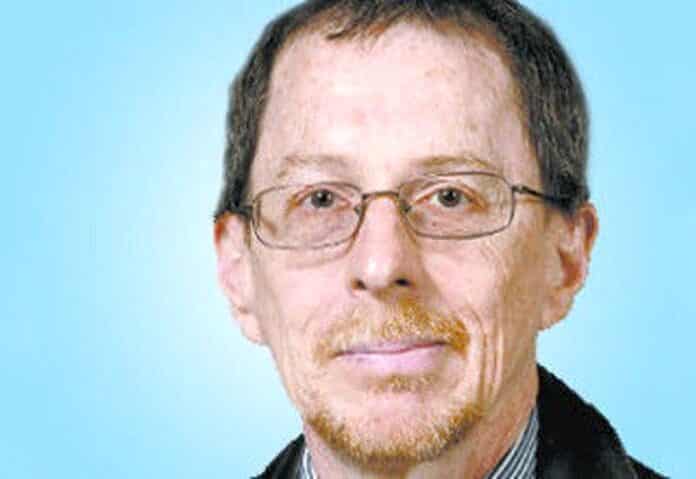Arkansas Gov. Asa Hutchinson is still holding out hope he made the right call.
“Whenever you make tough decisions, whenever you have to carry out the decision of a jury, you realize it’s been reviewed by the Supreme Court at every level,” he said. “They affirmed the convictions, and it’s my duty to carry out the law.”
Hutchinson was talking about the case of Ledell Lee, a man who was executed four years ago in the 1993 murder of his 26-year-old neighbor, Debra Reese. It was a crime Lee insisted to the very end he did not commit.
“My dying words will always be, as it has been, ‘I am an innocent man,'” he told the BBC in an interview published just ahead of his execution.
With the clock ticking toward Lee’s final breath, the Innocence Project and the American Civil Liberties Union sought a stay to allow their experts time for more testing, but the governor said no.
Now, tests have found another man’s DNA on the apparent murder weapon, a wooden club, and on the shirt that was wrapped around that club.
Lee’s sister, Patricia Young, has been fighting for years to prove her brother’s innocence, and the evidence had been released for testing in response to a lawsuit she filed. Police found “five interpretable fingerprints” at the crime scene, and none came from Lee. Investigators also obtained DNA samples from six hairs or hair fragments found at the scene.
“Ledell Lee was excluded as the source of five of these six hairs,” the Innocence Project said in a summary of its findings. “For one hair, Mr. Lee could not be excluded as a potential source.”
According to its website, the Innocence Project has succeeded in exonerating 375 people, including 21 who spent time on death row. His sister is hoping Lee will one day join that list.
“Though it is too late for DNA and fingerprint testing of the crime scene evidence to save Lee’s life, it can reveal whether or not Arkansas executed an innocent man,” the Innocence Project said in a news release issued last year. “And, if it turns out that Lee was innocent, the same testing could uncover the identity of Reese’s actual killer, and bring justice to both her family and the family of Ledell Lee.”
It’s at least worth noting that Lee actually faced two trials in the death of Debra Reese. The first resulted in a hung jury after numerous alibi witnesses testified he could not have committed the crime. For some reason, though, the defense called none of those witnesses at his second trial.
Investigators found no physical evidence directly linking Lee to the crime, and the prosecution’s own experts admitted the results of several forensic tests were ultimately “inconclusive.”
Hutchinson is still standing by his decision not to grant that reprieve.
“The evidence obviously that’s been uncovered is inconclusive,” he said, “and the fact is that the jury found him guilty based on the information that they had.”
University of Michigan law professor Samuel Gross led a team of experts in a study aimed at calculating the number of death row inmates who were wrongfully convicted. The study, published in 2014, put the number at 4%.
Arkansas Attorney General Leslie Rutledge seems confident Lee was not part of that number.
“The courts consistently rejected Ledell Lee’s frivolous claims,” she said, “because the evidence demonstrated beyond any shadow of a doubt that he murdered Debra Reese by beating her to death inside her home with a tire thumper.”
Looking at the evidence, some might wonder how she can be so certain.
Kelly Hawes is a columnist for CNHI newspapers in Indiana.



